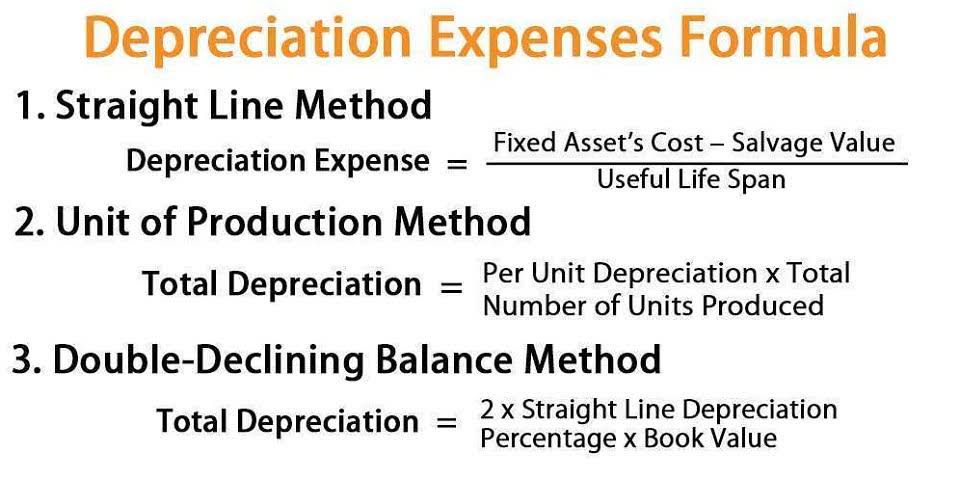
A well-prepared Form 990 can also enhance your organization’s reputation, ultimately leading to greater public trust and a more engaged community around your cause. Beside serving as a tax return for non-profit organizations, Form 990 is designed to educate taxpayers about how your organization uses its funds. It helps potential donors assess your financial practices and program effectiveness. In essence, it facilitates informed decision-making by donors and stakeholders alike. For example, a hospital founded with the purpose of providing emergency healthcare to individuals regardless of whether or not they are able to pay, could apply for exemption using Form 1023. The IRS also wants to ensure that the organization is worthy of maintaining its tax-exempt status and requires more details on the types of activities it engages in during the year.

Which of these do you expect will have the biggest impact on your nonprofit in 2025?
Churches, certain religious organizations, and organizations with gross receipts under $50,000 typically do not need to submit this form. Additionally, some federal or state government entities and specific types of trusts may also qualify for exemption. Failing to file 990 returns can have some nasty consequences–both on your wallet and on the overall status of your organization. In terms of financial consequences, nonprofits that fail to file Form 990 on time are subject to daily penalties, which can range from $20 to $110 per day, depending on the gross receipts of the organization. For smaller organizations, the maximum penalty can be up to $11,000, while for larger organizations, it can reach $56,000 or 5% of the gross receipts. Any organization that is deemed to be exempt from paying income tax within the United States may be required to file the Form 990.
Why You Need to Know How to Read Form 990s
- This guide will delve into its components and clarify its impact on nonprofit operations.
- On the whole, nonprofits are required to file Form 990 if they meet specific thresholds regarding their annual gross receipts or total assets.
- While these deadlines apply to the majority of nonprofits for filing their 990 returns, a few organizations may have slightly different deadlines for submitting their Form 990-T.
- This helps to evaluate the effectiveness of the nonprofit’s programs and its commitment to its mission.
- On the other hand, the gross receipts do not necessarily matter if the organization is a private foundation — that is, a tax-exempt organization created and funded by a single party (i.e. an individual or business).
- While that reasoning is very obvious, there are also other reasons why filing your 990 form is important for your nonprofit organization.
Keep in mind that even if you’re reinstated after revocation, you remain on this list. The 990 Form that nonprofits of all kinds need to submit each year to the IRS is a treasure trove of information about nonprofit organizations. Filing a 990 form for your tax-exempt nonprofit organization may Partnership Accounting be annoying, but doing so regularly is in the best interest of your organization.
- As the Form 990 is available for public inspection it is important for the 990 to be used as a marketing tool for the Organization rather than just a required form to be filed each year.
- Upon meeting these fundamental requirements, along with any additional criteria outlined in the corresponding IRC section, your nonprofit organization becomes eligible to apply for tax-exempt status.
- The existence of a racially discriminatory policy for employment of faculty and administrative staff is indicative of a racially discriminatory policy as to students.
- A key aspect of this reporting is the functional categorization of expenses into program services, management, and fundraising, as required by the IRS.
- Form 990 must be filed by an exempt organization, even if it has not yet filed Form 1023 with the IRS to receive official approval of its tax-exempt status.
- It provides information about their compensation and the organization’s governance practices.
- By filing Form 990, you demonstrate transparency and accountability, which are important for maintaining your tax-exempt status and building public trust.
+ Open Grants Waiting For You
You need to file this form annually to maintain compliance with the IRS, provide transparency about your income and expenses, and uphold the trust of your donors. Familiarizing yourself with the requirements and deadlines will not only keep your organization in good standing but also enhance your operational credibility. Ensure you gather all necessary financial information to simplify the process and remain accountable in your charitable efforts. Organizations required to file Form 990 are tax-exempt, but their financial activities are subject to detailed scrutiny by the IRS and the public. Form 990 offers transparency by requiring organizations to disclose a wealth of information about their operations, finances, and governance.
How to Research Grants for Nonprofits Using Instrumentl

Take our 2-minute survey to find out if outsourced accounting and bookkeeping is a good fit for your organization. You’re required to report the compensation of all of your most important employees and even non-employee fixed assets contractors that were paid large sums (over $100,000). Write an article and join a growing community of more than 196,600 academics and researchers from 5,117 institutions. Public Inspection IRC 6104(d) regulations state that an organization must provide copies of its three most recent Forms 990 to anyone who requests them, whether in person, by mail, fax, or e-mail.

Event Registration Management

If gross receipts or assets are over $200,000 or $500,000, respectively, the full Form 990 must be filed. IRS Form 990 is the return required for organizations that have been determined to be exempt from income tax. The return is due the 15th day of the 5th month following the end of fiscal year. For example, if your year end is December 31st, your Form 990 is due May 15th and if you file for an extension the return is due November 15th. If your year-end is June 30th, your Form 990 is what does 990 mean due November 15th and if you file for an extension the return is due May 15th.
About Schedule M (Form , Noncash Contributions
However, you’ll find the process is much smoother when you are completely aware of what is required from your organization and also understand why you are filing the form. Of course, this process will differ based on the application you choose to file through. Some applications will have a direct entry format (resembling the paper form) that you enter your details on. Others may ask a series of questions to gather the required information and complete the form. Lastly, if an organization — private or public — earns an unrelated business income of $1,000 or more, they have to file an additional form. From a Form 990, the public can learn about an organization’s program service activities, key employees, and directors, as well as what amount of proceeds go towards its cause.








